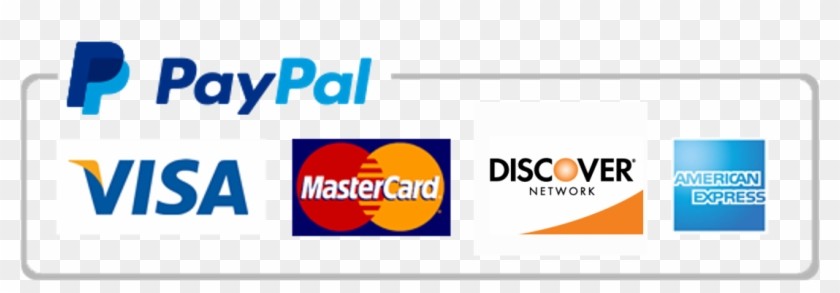Question 2: Manufacturing Statement and Income Statement (20 marks in total) Lake Ltd.’s… 1 answer below »
Ace your studies with our custom writing services! We've got your back for top grades and timely submissions, so you can say goodbye to the stress. Trust us to get you there!
Order a Similar Paper Order a Different Paper
Question 2: Manufacturing Statement and Income Statement (20 marks in total)
Lake Ltd.’s accounting department provided following financial information:
Depreciation Expense – Factory Equipment
$ 90,000
Direct Labour
$ 1,284,000
Raw Material Inventory (1st July, 2016)
$ 183,000
Raw Material Inventory (30th June, 2017)
$ 186,000
Factory Rent
$ 152,820
Finished Goods (1st July, 2016)
$ 264,000
Finished Goods (30th June, 2017)
$ 345,000
Indirect Labour
$ 75,000
Indirect Materials
$ 52,500
Sales Revenue
$ 6,751,500
Administration Expenses
$ 600,000
Selling & Distribution Expenses
$ 1,200,000
Purchase of Raw Material
$ 1,200,360
Freight In
$ 90,000
Work in Process (1st July, 2016)
$ 60,600
Work in Process (30th June, 2017)
$ 57,330
Required:prepare a statement of Cost of Goods Manufactured and an Income Statement for Lake Ltd. for the year ended 30th June 2017. You can prepare the statements in an Excel spreadsheet then paste into Word.
Question 3: Job order costing (20 marks in total)
The Port Furniture Company manufactures tables. In March 2017, the two production departments had budgeted allocation bases of 4,000 machine-hours in Department A and 8,000 direct manufacturing labour-hours in Department B. The budgeted manufacturing overheads for the month were $57,500 and $62,500, respectively. For Job X, the actual costs incurred in the two departments were as follows:
Financial Information for Job X
Department A
Department B
Direct materials purchased on account
$ 110,000.00
$ 177,500.00
Direct materials used
$ 32,500.00
$ 13,500.00
Direct labour
$ 52,500.00
$ 53,500.00
Indirect labour
$ 11,000.00
$ 9,000.00
Indirect materials used
$ 7,500.00
$ 4,750.00
Lease on equipment
$ 16,250.00
$ 3,750.00
Manufacturing Utilities
$ 1,000.00
$ 1,250.00
Required:
3a. Determine the budgeted manufacturing overhead rate for each department.
3b. Prepare necessary journal entries to summarise the March transactions for Department A.
3c. Determine the total cost of Job X.
3d. What are some of the major cost objects that managers often focus on in companies using job costing? Use the textbook or other references to support your answers.
Question 4: Service department cost allocation (20 marks in total)
Inns Battery Company has two service departments: Maintenance and Personnel. Maintenance Department costs are allocated on the basis of budgeted maintenance-hours. Personnel Department costs are allocated based on the number of employees. Data on budgeted maintenance-hours and number of employees are as follows:
Support Departments
Production Departments
Maintenance Department
Personnel Department
A
B
Budgeted costs
$180,000
$30,000
$80,000
$120,000
Budgeted maintenance-hours
n/a
240
720
240
Number of employees
20
n/a
60
120
Required:
4a. Using the direct method, determine the amount of support department costs to be allocated to Production Department A.
4b. Using the step-down method, determine the amount of Maintenance Department costs to be allocated to Production Department A, if the service department with the highest percentage of interdepartmental support service is allocated first.
4c. Using the reciprocal method, determine the amount of maintenance department costs to be allocated to Production Department A (round up to nearest dollar).
4d. List and explain two possible reasons why a manager might prefer that budgeted rather than actual cost-allocation rates be used when cost is being allocated to his/her department from another department. Use the textbook and/or other relevant resources to support your answer.
Question 5: Activity Based Costing (20 marks in total)
Come-On-In company produces two types of entry doors: Standard and Deluxe. The assignment basis for manufacturing overheads has been direct labour hours. For 2016, the company complied the following data for the two products:
Standard
Deluxe
Sales units
400,000 Doors
50,000 Doors
Sales price per unit
$ 475
$ 690
Direct material cost per unit
$ 90
$ 120
Direct labour cost per unit
$ 40
$ 60
Manufacturing overhead cost per unit
$ 120
$ 80
During 2016, the company purchased a state-of-art robotics system to allow for more decorative door products in the deluxe product line. The CFO suggested that an ABC analysis could be valuable to help evaluate a product mix and promotion strategy for the next sales campaign. The information gathered is as follows:
Activity
Cost Driver
Standard
Deluxe
Total
Cost
Setups
Number of setups
100
400
500
$ 2,900,000
Machine-related
Number of machine hours
300,000
300,000
600,000
$ 44,100,000
Packing
Number of shipments
200,000
50,000
250,000
$ 5,000,000
Required:
5a. Using the current cost system, determine the total cost of manufacturing one unit of each product and the profit per unit for each product.
5b. Under the current cost system, estimated manufacturing overhead per unit are less for the deluxe door ($80) than the standard door ($120). What is a likely explanation for this?
5c. Using the activity-based costing data, compute the cost driver rate for each overhead activity.
5d. Compute the revised manufacturing overhead cost per unit for each type of product.
5e. Is the deluxe door as profitable as the original data estimated using previous cost system? Why or why not? Explain.

Looking for top-notch essay writing services? We've got you covered! Connect with our writing experts today. Placing your order is easy, taking less than 5 minutes. Click below to get started.
Order a Similar Paper Order a Different Paper

